| Money |
|---|
| Currency Exchange |
| Budgeting |
| Banking |
| Cashless payments |
| Insurance |
| Assessment Questions |
- History of the Kenyan Currency can be traced back to 1800 - 1850 when the Maria Theresa Thalers were introduced in the Kenyan coast.
- The Thalers were 18th and 19th Century silver coins used by Indian, Greek and European merchants at the Eritrean and Kenyan coasts.
- Despite the Thaler’s popularity in the East African Coast, it was not able to penetrate upcountry.
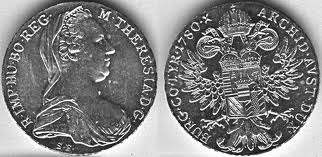
Maria Theresa Thalers coins
- Instead, during the building of the Kenya –Uganda railway in 1986 the Indian Rupee which was used for payment of Indian workers moved inwards becoming acceptable by the African population who in various mother tongues called it different names such as “Rupia” or “Pesa”.
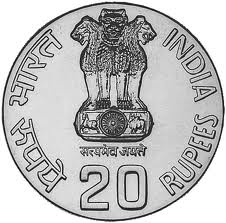
Indian Rupee
- In 1920 when Kenya became a crown colony the Indian Rupee was abolished.
- A central body known as the East African Currency Board was then established to oversee the issuance of currency in the region.
- On January 1, 1922 the shilling equivalent was introduced in all the three East African countries and by June 1923, the E.A. shilling was firmly established as official currency in Kenya, Uganda and Tanganyika.
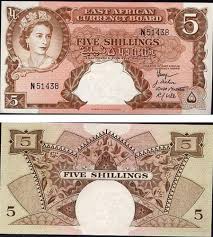
The E.A shilling
- The Central Bank of Kenya began printing and minting its own currency in 1966.
- The initial issue of Kenya shilling notes were in the denominations of 5, 10, 20, 50 and 100 shillings, all bearing the portrait of the First President of Kenya, H.E. Mzee Jomo Kenyatta in the front, and diverse scenes of economic activities in Kenya at the back.
- Denominations have progressively changed since then.
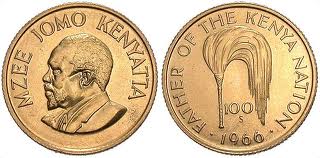
- Current denominations include circulation, Coins; 5cent, 10 cent, 50 cent, 1 shilling, 5 shilling, 10 shilling, 20 shilling and 40 shilling Notes; 50 shilling, 100 shilling, 200 shilling, 500 shilling and 1,000 shilling.
- The Kenyan Shilling can only be used in Kenya as it is a Kenyan based currency. Different countries have there own currencies.
- Each country will have a Central bank that will print money for their respective country.
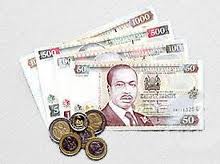
Kenyan notes and coins
- Some of the Different Currencies in the World
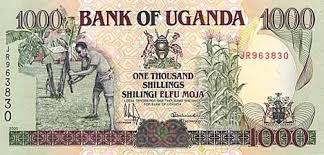 Ugandan Shilling
Ugandan Shilling
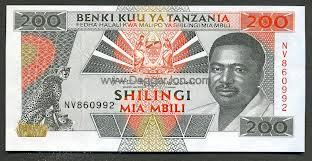 Tanzanian Shilling
Tanzanian Shilling
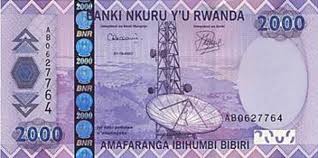 Rwandese france
Rwandese france
 American Dollar
American Dollar
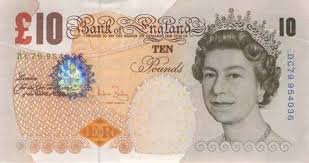 British Pound
British Pound
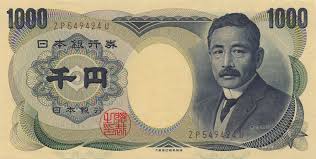 Japanese Yen
Japanese Yen
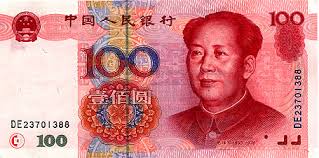 Chinese Yuan
Chinese Yuan
- Now that we have established that each country has its own currency we need to understand how to convert one currency to another.
- This is known as an exchange rate.
For centuries, the currencies of the world were backed by gold.
That is, a piece of paper currency issued by any world government represented a real amount of gold held in a vault by that government.
In the 1930s, the U.S. set the value of the dollar at a single, unchanging level: 1 ounce of gold was worth $35.
After World War II, other countries based the value of their currencies on the U.S. dollar (USD).
Eventually this system was outpaced as the USD suffered fro inflation and other currencies became more valuable.
The value if the dollar was officially reduced so that 1-ounce of gold was now worth $70.
Finally, in 1971 the USA took away the gold standard altogether and market forces become sole determinants of its value
The U.S. dollar still dominates many financial markets today.
In fact, exchange rates are often expressed in terms of U.S. dollars.
Currently, the U.S. dollar and the Euro account for approximately 50 percent of all currency exchange transactions in the world.
Adding British pounds, Canadian dollars, Australian dollars, and Japanese yen to the list accounts for over 80 percent of currency exchanges altogether
An exchange rate is the rate at which one currency can be exchanged for another currency.
- It is the price of one currency in terms of another.
- For example the higher the exchange rate the stronger that currency.
Lets look at some examples:
- If $1 =86 SHS this means that if a person from America was to give you $1 you would give him 86 Kenyan Shillings.
- So in effect his currency is much stronger.
- Exchange Rates vary from day to day and you need to either go a currency exchange to get the best rates or you can go to the bank.
- Another name for Currency Exchange is a Forex Bureau.